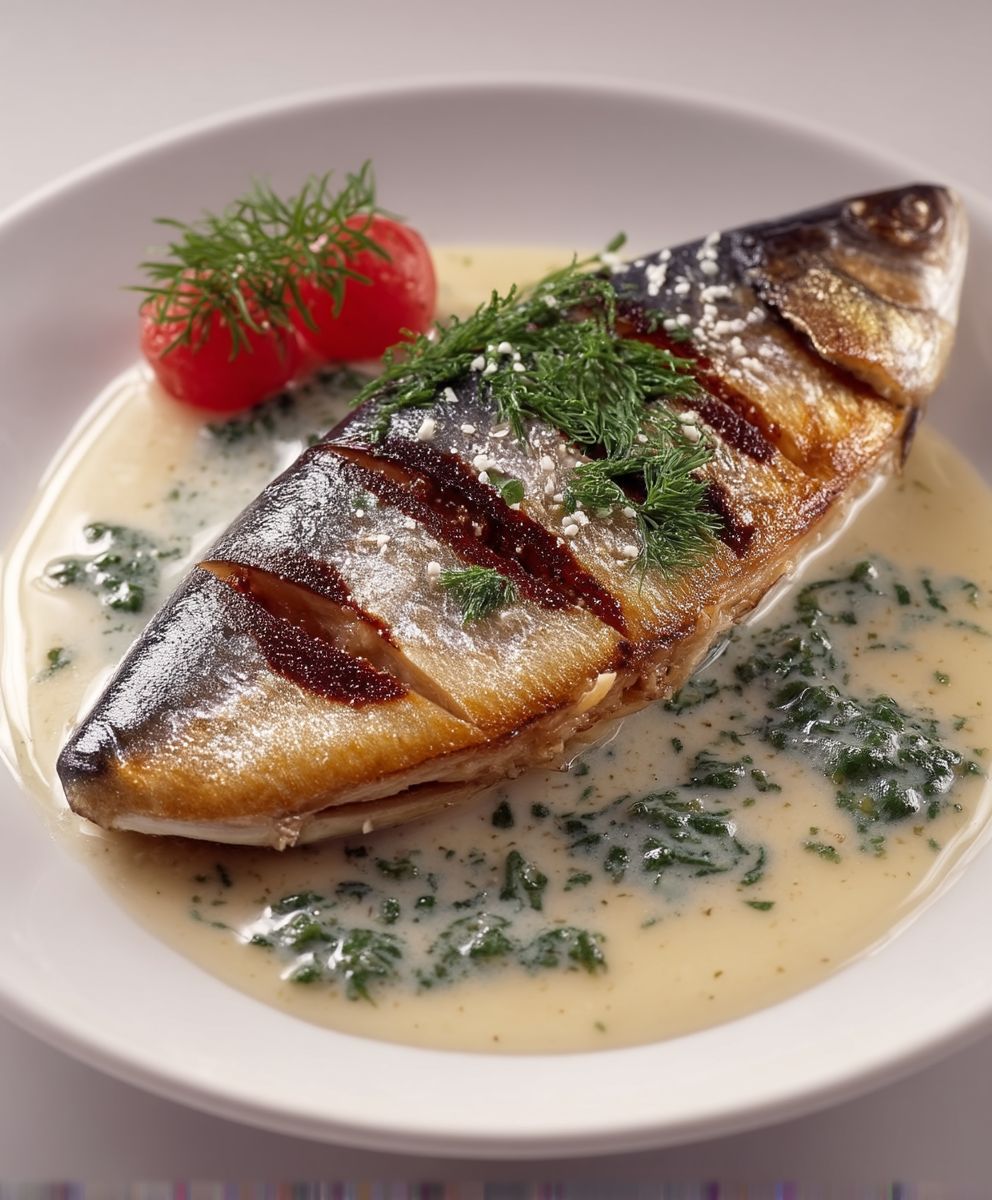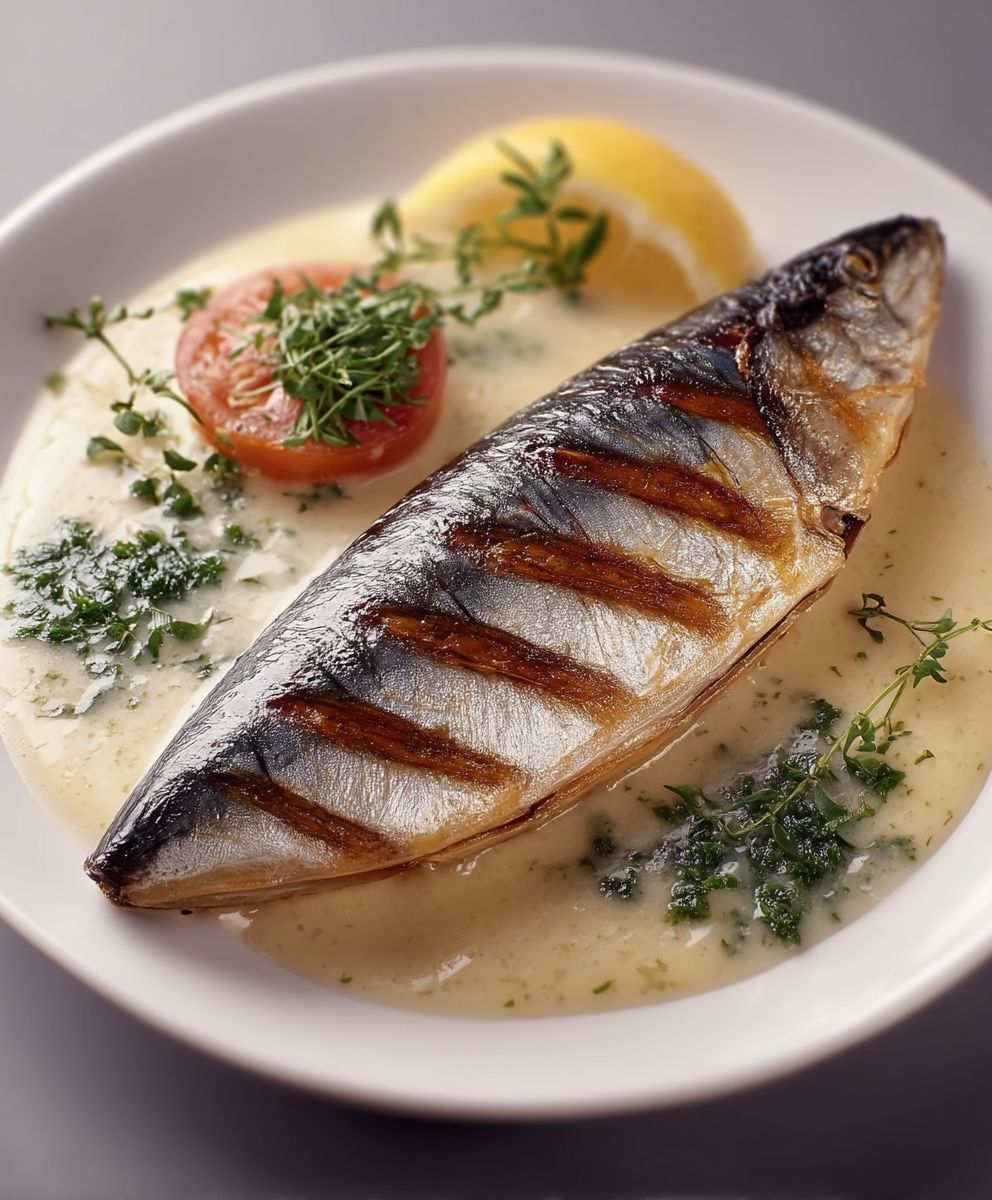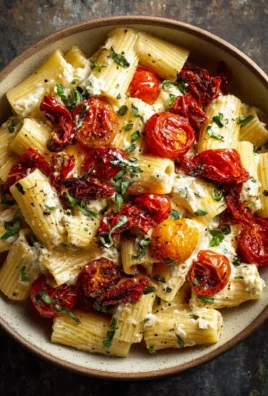American Shad, a culinary delight often overlooked, is poised to become your new favorite springtime dish! Have you ever tasted a fish so rich, so flavorful, that it instantly transports you to a simpler time? That’s the magic of shad. For centuries, this silvery fish has been a harbinger of spring along the Atlantic coast, its arrival eagerly anticipated by anglers and food enthusiasts alike.
Historically, American Shad held immense cultural significance, particularly for Native American tribes and early colonists who relied on its abundance as a vital food source after long winters. It was a symbol of renewal and sustenance. While its popularity has waned somewhat over the years, those who know and love shad understand its unique appeal.
What makes shad so special? It’s the distinctive, slightly oily flavor that melts in your mouth. The texture, when prepared correctly, is incredibly tender and flaky. While shad is known for its many bones, don’t let that deter you! Our recipe provides expert tips and tricks for easy deboning, ensuring a pleasurable dining experience. Beyond its taste, shad is also a relatively quick and easy dish to prepare, making it perfect for a weeknight meal or a special occasion. Get ready to rediscover this historical and delicious fish!
Ingredients:
- 2 whole American Shad (about 2-3 pounds each), scaled and gutted
- 1/2 cup all-purpose flour
- 1 teaspoon salt
- 1/2 teaspoon black pepper
- 1/4 teaspoon paprika
- 1/4 cup vegetable oil, or more as needed
- 1 large onion, thinly sliced
- 2 cloves garlic, minced
- 1 cup dry white wine (such as Sauvignon Blanc or Pinot Grigio)
- 1/2 cup chicken broth
- 1/4 cup lemon juice, freshly squeezed
- 2 tablespoons butter
- 2 tablespoons chopped fresh parsley, for garnish
- Lemon wedges, for serving
- Optional: 4 slices of bacon, cooked and crumbled
Preparing the Shad:
Okay, let’s get started! First things first, we need to prep our shad. If you bought your shad whole, hopefully, your fishmonger has already scaled and gutted it for you. If not, you’ll need to do that yourself. Scaling can be a bit messy, so do it over a sink with running water. Gutting involves making a slit along the belly and removing the innards. Rinse the fish thoroughly inside and out after gutting.
Now, the big challenge with shad is the bones. They are numerous and can be a real pain. There are a few ways to deal with them. Some people prefer to cook the shad whole and carefully pick out the bones as they eat. Others prefer to fillet the shad and try to remove as many bones as possible before cooking. I’m going to show you a method that involves scoring the fish, which helps to soften the bones during cooking.
- Scoring the Shad: Lay the shad on a cutting board. Using a sharp knife, make shallow, diagonal cuts across the skin, about 1/4 inch apart. Repeat this process across the entire surface of both sides of the fish. These cuts will help to break up the small bones and allow the heat to penetrate more evenly. Be careful not to cut too deep into the flesh.
- Seasoning the Shad: In a shallow dish, combine the flour, salt, pepper, and paprika. Mix well. Dredge each shad in the flour mixture, making sure to coat it evenly on both sides. Shake off any excess flour. This coating will help to create a nice, crispy crust when we cook the fish.
Cooking the Shad:
Now comes the fun part cooking! We’re going to pan-fry the shad, which is a relatively quick and easy method. The key is to use enough oil and to cook the fish over medium heat to ensure it’s cooked through without burning the outside.
- Searing the Shad: Heat the vegetable oil in a large skillet over medium heat. Make sure the oil is hot before adding the fish. Carefully place the shad in the skillet, skin-side down. If your skillet isn’t large enough to accommodate both shad at the same time, cook them in batches.
- Cooking Time: Cook the shad for about 5-7 minutes per side, or until the skin is golden brown and crispy and the flesh is cooked through. The cooking time will depend on the thickness of the fish. You can check for doneness by inserting a fork into the thickest part of the fish. If the flesh flakes easily, it’s done. Be careful not to overcook the shad, as it can become dry.
- Removing the Shad: Once the shad is cooked, carefully remove it from the skillet and set it aside on a plate. Cover it loosely with foil to keep it warm while you prepare the sauce.
Making the Pan Sauce:
A simple pan sauce can really elevate the flavor of the shad. This sauce is quick to make and uses the flavorful drippings left in the skillet after cooking the fish. The combination of white wine, lemon juice, and butter creates a bright and tangy sauce that complements the richness of the shad.
- Sautéing Aromatics: In the same skillet, add the sliced onion and minced garlic. Sauté over medium heat until the onion is softened and translucent, about 5-7 minutes. Be careful not to burn the garlic.
- Deglazing the Pan: Pour in the dry white wine and chicken broth. Bring the mixture to a simmer, scraping up any browned bits from the bottom of the skillet. These browned bits are called fond, and they add a ton of flavor to the sauce.
- Reducing the Sauce: Let the sauce simmer for about 5-7 minutes, or until it has reduced slightly and thickened. This will concentrate the flavors.
- Finishing the Sauce: Stir in the lemon juice and butter. The butter will add richness and shine to the sauce. Season with salt and pepper to taste.
Serving the Shad:
Now for the best part serving! This dish is best served immediately, while the shad is still warm and the sauce is freshly made. Garnish with fresh parsley and lemon wedges for a pop of color and flavor.
- Plating: Place the cooked shad on a serving platter or individual plates.
- Saucing: Spoon the pan sauce generously over the shad.
- Garnishing: Sprinkle with chopped fresh parsley and serve with lemon wedges.
- Optional Topping: If you cooked bacon, sprinkle the crumbled bacon over the shad for added flavor and texture.
Serving Suggestions: Shad is delicious served with a variety of side dishes. Some popular choices include roasted potatoes, steamed asparagus, green beans, or a simple salad. A crusty bread is also great for soaking up the delicious pan sauce.
Bone Considerations: Remember, even with scoring, shad still has bones. Encourage your guests to eat carefully and be mindful of them. The scoring helps soften them, making them easier to manage, but they’re still there. Some people find the taste of shad worth the effort of navigating the bones, while others prefer to avoid it altogether. It’s a matter of personal preference!
Enjoy! I hope you enjoy this recipe for American Shad. It’s a unique and flavorful fish that’s worth trying, especially if you’re looking for something a little different. Don’t be intimidated by the bones with a little patience and care, you can enjoy a delicious and memorable meal.

Conclusion:
And there you have it! I truly believe this recipe for American Shad is a must-try, even if you’ve been hesitant about this often-misunderstood fish in the past. The combination of the brining process, which tames any lingering “fishiness,” and the crispy, flavorful pan-sear, results in a dish that’s both elegant and surprisingly simple to prepare. It’s a fantastic way to experience the unique taste of shad, especially during its peak season.
Why is it a must-try? Because it transforms a fish that some might consider challenging into a culinary delight. The brining process is key; it not only reduces any strong flavors but also helps to firm up the flesh, making it easier to cook. The pan-searing method ensures a beautifully crisp skin and perfectly cooked, flaky meat. Plus, the lemon-butter sauce adds a bright, tangy finish that complements the richness of the shad perfectly. It’s a flavor explosion in every bite!
But the best part is, this recipe is incredibly versatile. Feel free to experiment with different herbs and spices in the brine. A touch of dill, thyme, or even a pinch of red pepper flakes can add a unique twist. For the sauce, consider adding a splash of white wine or a squeeze of orange juice for a different citrusy note.
Serving Suggestions and Variations:
* Serve this pan-seared American Shad with a side of roasted asparagus or green beans for a classic and healthy meal.
* Creamy polenta or mashed potatoes are also excellent accompaniments, soaking up that delicious lemon-butter sauce.
* For a lighter option, try serving it over a bed of quinoa or couscous with a sprinkle of fresh herbs.
* If you’re feeling adventurous, consider grilling the shad instead of pan-searing it. Just be sure to keep a close eye on it to prevent it from drying out.
* Leftover shad is fantastic in fish tacos or salads. Simply flake the cooked fish and toss it with your favorite toppings.
* You can also use the cooked shad to make a delicious fish pate.
I’m so excited for you to try this recipe and discover the deliciousness of American Shad for yourself. Don’t be intimidated by the bones; with a little practice, you’ll become a pro at navigating them. And trust me, the effort is well worth it.
I really want to hear about your experience! Did you make any modifications to the recipe? What sides did you serve it with? What did your family and friends think? Please, please, please share your thoughts and photos in the comments below. Your feedback is invaluable and helps me to continue creating recipes that you’ll love. I’m confident that once you try this recipe, you’ll agree that American Shad deserves a place on your table. Happy cooking! I can’t wait to see what you create!
American Shad: A Complete Guide to Identification, Habitat, and Fishing
Pan-fried American Shad with a bright, tangy white wine lemon butter sauce. A unique, flavorful dish for adventurous cooks.
Ingredients
- 2 whole American Shad (about 2-3 pounds each), scaled and gutted
- 1/2 cup all-purpose flour
- 1 teaspoon salt
- 1/2 teaspoon black pepper
- 1/4 teaspoon paprika
- 1/4 cup vegetable oil, or more as needed
- 1 large onion, thinly sliced
- 2 cloves garlic, minced
- 1 cup dry white wine (such as Sauvignon Blanc or Pinot Grigio)
- 1/2 cup chicken broth
- 1/4 cup lemon juice, freshly squeezed
- 2 tablespoons butter
- 2 tablespoons chopped fresh parsley, for garnish
- Lemon wedges, for serving
- Optional: 4 slices of bacon, cooked and crumbled
Instructions
- Lay the shad on a cutting board. Using a sharp knife, make shallow, diagonal cuts across the skin, about 1/4 inch apart. Repeat this process across the entire surface of both sides of the fish.
- In a shallow dish, combine the flour, salt, pepper, and paprika. Mix well. Dredge each shad in the flour mixture, making sure to coat it evenly on both sides. Shake off any excess flour.
- Heat the vegetable oil in a large skillet over medium heat. Carefully place the shad in the skillet, skin-side down. If your skillet isn’t large enough to accommodate both shad at the same time, cook them in batches.
- Cook the shad for about 5-7 minutes per side, or until the skin is golden brown and crispy and the flesh is cooked through.
- Once the shad is cooked, carefully remove it from the skillet and set it aside on a plate. Cover it loosely with foil to keep it warm while you prepare the sauce.
- In the same skillet, add the sliced onion and minced garlic. Sauté over medium heat until the onion is softened and translucent, about 5-7 minutes.
- Pour in the dry white wine and chicken broth. Bring the mixture to a simmer, scraping up any browned bits from the bottom of the skillet.
- Let the sauce simmer for about 5-7 minutes, or until it has reduced slightly and thickened.
- Stir in the lemon juice and butter. Season with salt and pepper to taste.
- Place the cooked shad on a serving platter or individual plates.
- Spoon the pan sauce generously over the shad.
- Sprinkle with chopped fresh parsley and serve with lemon wedges.
- If you cooked bacon, sprinkle the crumbled bacon over the shad for added flavor and texture.
Notes
- Shad is a bony fish. Scoring the fish helps soften the bones, but be mindful while eating.
- Serve immediately for the best flavor and texture.
- Serve with roasted potatoes, steamed asparagus, green beans, or a simple salad. Crusty bread is great for soaking up the sauce.
- When scaling the fish, do it over a sink with running water. Gutting involves making a slit along the belly and removing the innards. Rinse the fish thoroughly inside and out after gutting.





Leave a Comment